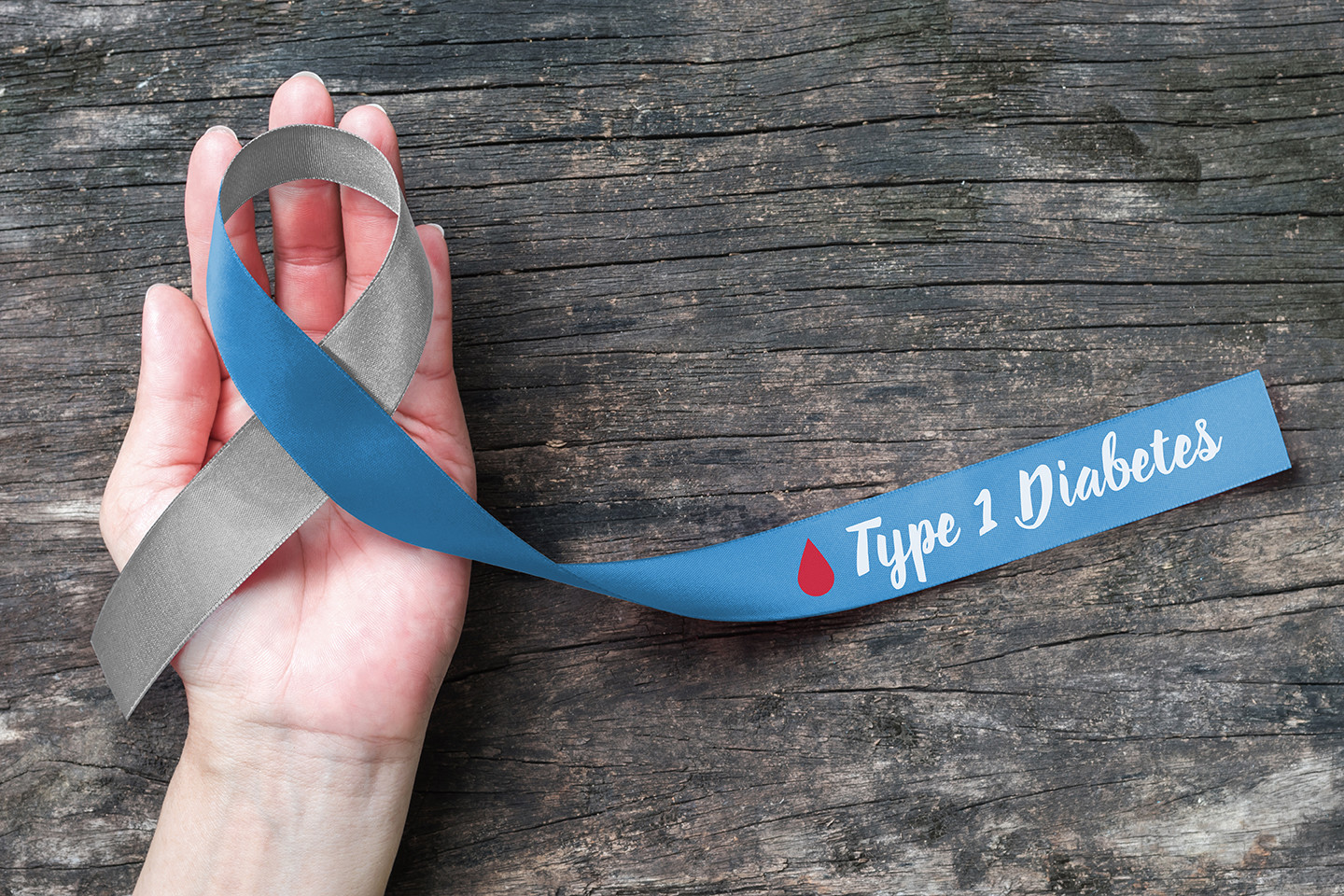Type 1 diabetes is an autoimmune disease. The immune system mistakenly attacks and destroys cells in the pancreas that make insulin. This usually happens before age 20. Insulin is needed to get blood sugar (glucose) into cells for energy. Without insulin, glucose builds up in the bloodstream. This damages cells and tissues throughout the body. People who develop type 1 diabetes need to take insulin via shots or a pump for life.
At its core, proper type 1 diabetes management is composed of a handful of elements: blood glucose control and insulin management, exercise, nutrition and support.
A diagnosis of type 1 diabetes means your pancreas is no longer capable of producing insulin. Through multiple daily injections with insulin pens or syringes or an insulin pump, it will be up to you to monitor your blood glucose levels and appropriately administer your insulin. You will need to work closely with your healthcare team to determine which insulin or insulin’s are best for you and your body.
Exercise is also a key component of proper diabetes care. Along with all of the other benefits you will receive from being active, your diabetes will also respond in kind with more stable blood glucose levels. We have plenty of information and tips to help get you motivated and keep your exercise routines fresh.
Nutrition is one of the most important aspects of managing the disease. Understanding how each food effects the body and the glucose levels is the key in managing the disease. Solid meal planning methods, having a healthy eating lifestyle could be crucial in managing the disease.
Support
Emotional family support, plays a key role in diabetes care. Connecting with people having diabetes, making combined goals and regimens, counting the carbohydrates each day helps in dealing with the highs and lows of the disease.
Technology
Using technological advances like applications in mobile phones, fitness bands, calorie counters etc., gives a technological edge and accurate management with regards to the disease.
On the whole, balancing nutrition, exercise and proper blood glucose management with the rest of your life will make the disease hassle free to be managed.











